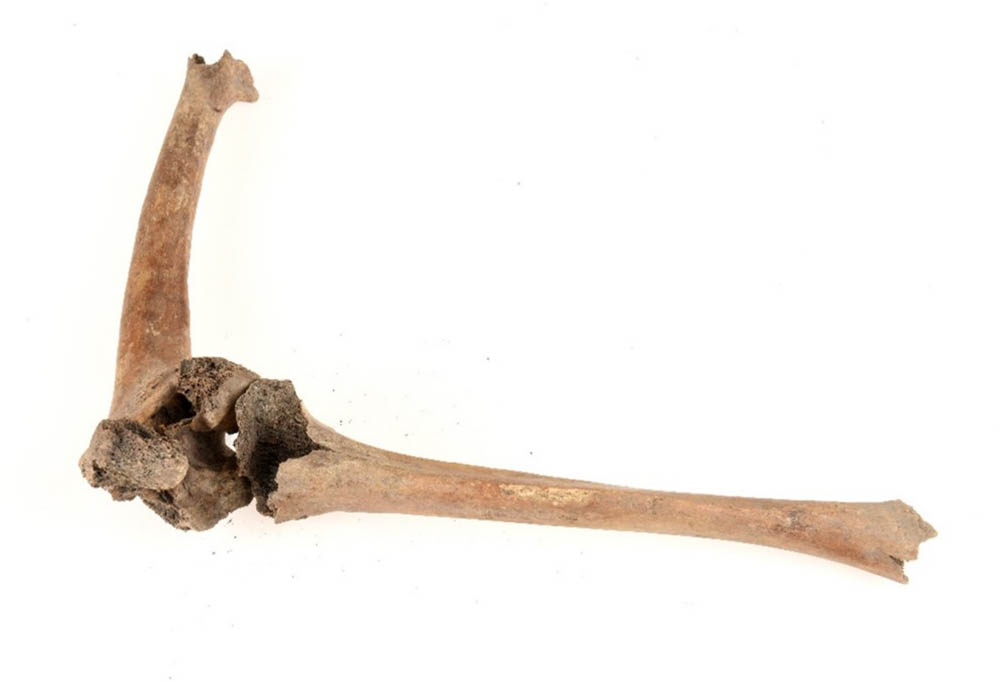
"The discovery of a severely injured skeleton in Lund, Sweden, reveals insights on the care individuals with disabilities received in the late Middle Ages, indicating a complex societal perception."
"Combining osteological analysis, 3D modeling, and historical research, the study of skeleton 2399 offers a deep understanding of a man who suffered a traumatic leg injury."
"The presence of evidence for prolonged medical care suggests this individualâs injury received attention that was likely not widely accessible, demonstrating a niche of medieval medical advancements."
"His burial location at the church signifies a man of social standing, potentially indicating societal respect and care for those with disabilities during medieval times."
A medieval skeleton found in Lund, Sweden, offers new insights into the treatment of individuals with disabilities during the late Middle Ages. The study, led by Blair Nolan, integrates osteological analysis, 3D modeling, and historical data to explore the life of a man who suffered a disabling leg injury. Evidence suggests he experienced significant medical interventions and was interred in a prestigious location, pointing to higher social status and respectful treatment of disabled individuals of that eraâa perspective that challenges prior narratives about medieval attitudes toward disability.
Read at Medievalists.net
Unable to calculate read time
Collection
[
|
...
]